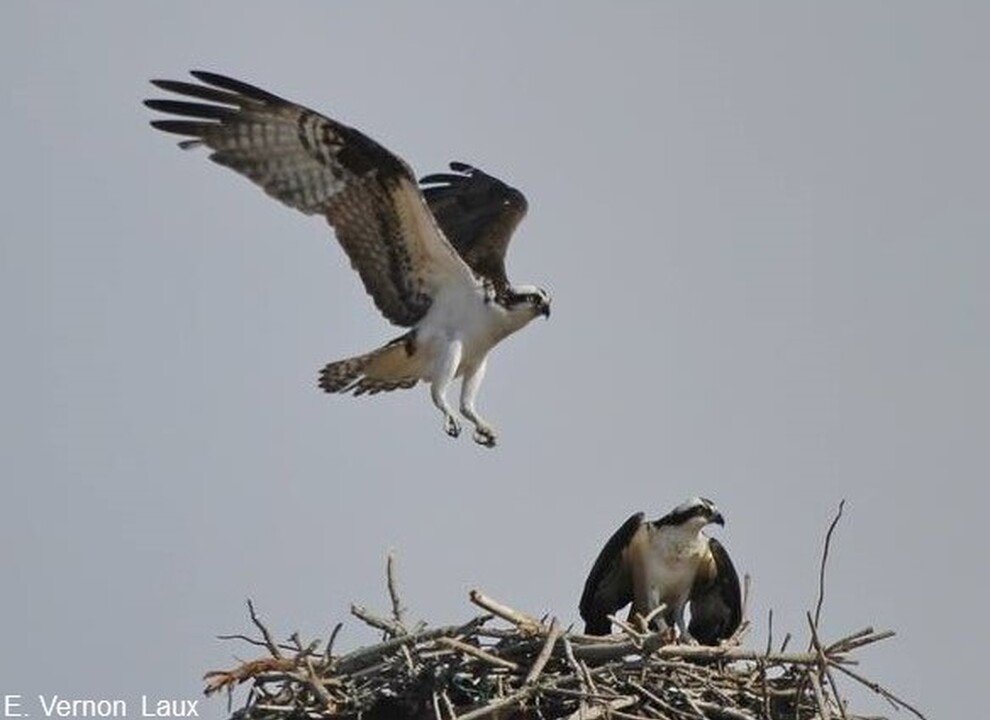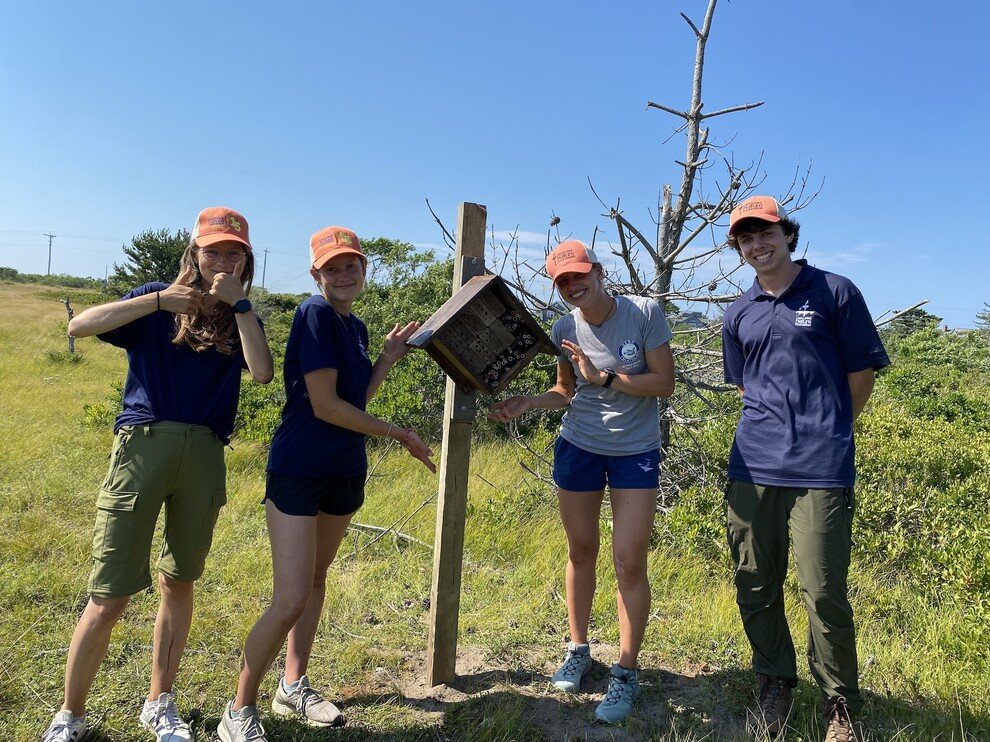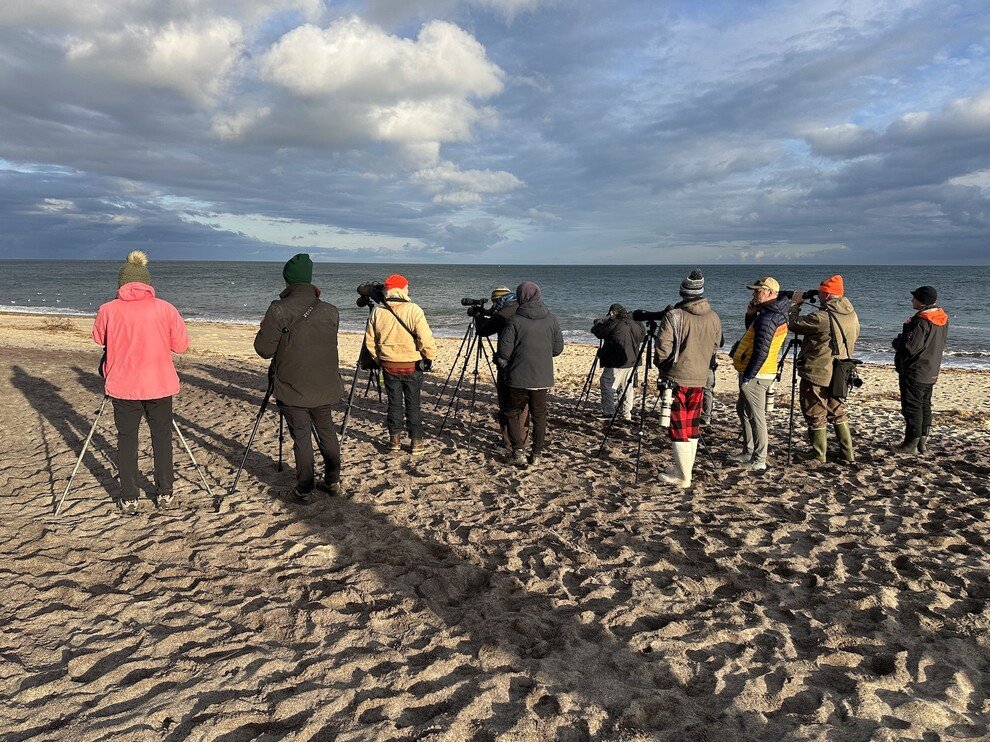
Linda Loring Nature Foundation Receives National Award for Excellence in Phenology Research
The Linda Loring Nature Foundation is pleased to announce that we are the recipients of a national award for excellence in phenological research and outreach.
The National Phenology Network has named LLNF as PhenoChampions for our work in observing, recording, and educating the public about phenology.

Current Nature: Phenology Fun
unlike most plants, Beach Plum flowers before leaf buds appear, a unique phenological display. Spring has arrived, just in time for National Phenology Week! Spring is a great time of year to dive into phenology, which is the study of the timing and patterns of events in the natural world.

Current Nature: Migration Marvels
In the next few weeks, the first seasonal residents will return to Nantucket. No, not mainlanders- migratory birds! The majority of birds that we see on Nantucket spend the winter elsewhere, either somewhere very warm or very cold depending on the bird. Soon a trickle of songbirds and shorebirds will arrive, beginning another spring nesting season.

Current Nature: Be A Bird Buddy!
In today’s age of modern technology, there are more options than ever to learn about birds in your own backyard. One of the coolest items to recently hit the market is the Bird Buddy, a compact bird-feeder that takes pictures of the birds that visit, identifies them for you and sends the photo directly to an app on your smartphone.

Current Nature: Bee Hotels to Keep Your Pollinators Cozy
At the Linda Loring Nature Foundation, one of our volunteers, Tessa Husted, made it her mission to help out the solitary bees in need and created a Pollinator Hideout. A Pollinator Hideout is a specially designed space that provides shelter and protection for bees during the winter. These hideouts come in various forms, from simple garden structures to more elaborate bee hotels. The goal is to create a welcoming and safe space where bees can find a barrier against the biting winds and freezing temperatures.

Current Nature: Visualizing Five Years Of Habitat Restoration And Pine Removal
The Linda Loring Nature Foundation (LLNF) launches a new visualization tool highlighting 5 years of grassland restoration work through invasive Japanese Black Pine removal. This LLNF Story Map is a communication tool that illustrates the goals and outcomes of a project using maps, photos, and data.

2023 Nantucket Christmas Bird Count Results
The National Audubon Society was celebrating the 124th year of the Christmas Bird Count program this year, and it was Nantucket’s 69th year of participating in it.
From the preliminary results, we counted 128 species and 83,626 individual birds. The rare species sightings included an Eared Grebe, Western Tanager, Lark Sparrow, Blue-headed Vireo, Common Gull (Kamchatka), Lincoln Sparrow, Painted Bunting, Common Gallinule, Tufted Duck, and Sedge Wren.

Current Nature: Year-End Nature To-Do List On Nantucket
We still have a few days of school vacation left, and the weather looks pretty favorable for an outdoor adventure. Check out a few ways you can get outside and enjoy some fresh air on Nantucket before the year’s end.
